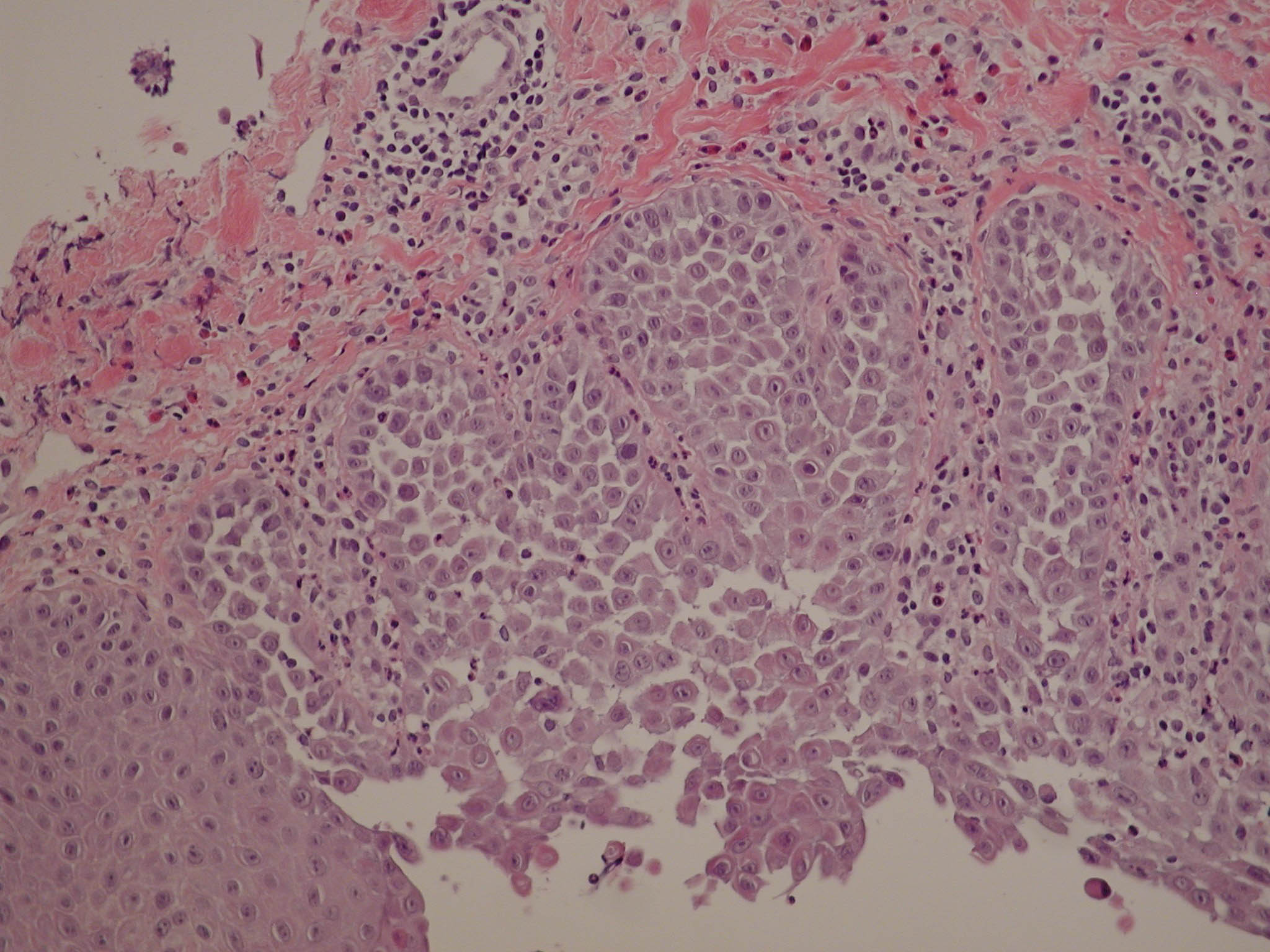Arch Dermatol. 1992 May;128(5):646-8.
Source
Department of Dermatology, Helsinki, University Central Hospital, Finland.
Abstract
BACKGROUND:
Familial benign chronic pemphigus (Hailey-Hailey disease) is characterized by recurrent blistering lesions, mainly in the neck and intertriginous areas. No controlled studies on laser treatment of this condition have been published.
OBSERVATIONS:
We used carbon dioxide laser vaporization to treat skin lesions in eight patients. In the six patients with symmetrical skin lesions, one lesion was chosen for CO2 laser vaporization and a corresponding lesion of similar location, size, and severity on the other side of the body was left untreated. Laser vaporization was performed in defocus in four to five layers. In five of six patients with symmetrical control lesions, laser-treated lesions showed substantial improvement in comparison with the untreated lesions. A similar improvement was seen in the treated lesions of the two patients without control lesions. During the mean follow-up of 20 months (range, 10 to 27 months), skin lesions recurred in the laser-treated areas in three patients, but not in the other five. Histopathologic studies performed on two patients indicated that the effect of the CO2 treatment might be due to fibrosis of the upper dermal tissues. The adnexal glands were unaffected.
CONCLUSIONS:
Carbon dioxide laser vaporization is an effective treatment for familial benign chronic pemphigus.
